Digital communication can often straddle the space between problem and solution. For example…
Problem: You’re a live speaker, but all live events have been canceled.
Solution: Pivot to virtual speaking and utilize technologies and tools to continue your career in a new way.
Problem: You’re unsure about how to transition from live speaking to virtual speaking.
Solution: Get some advice from the experts (read on to find some!).
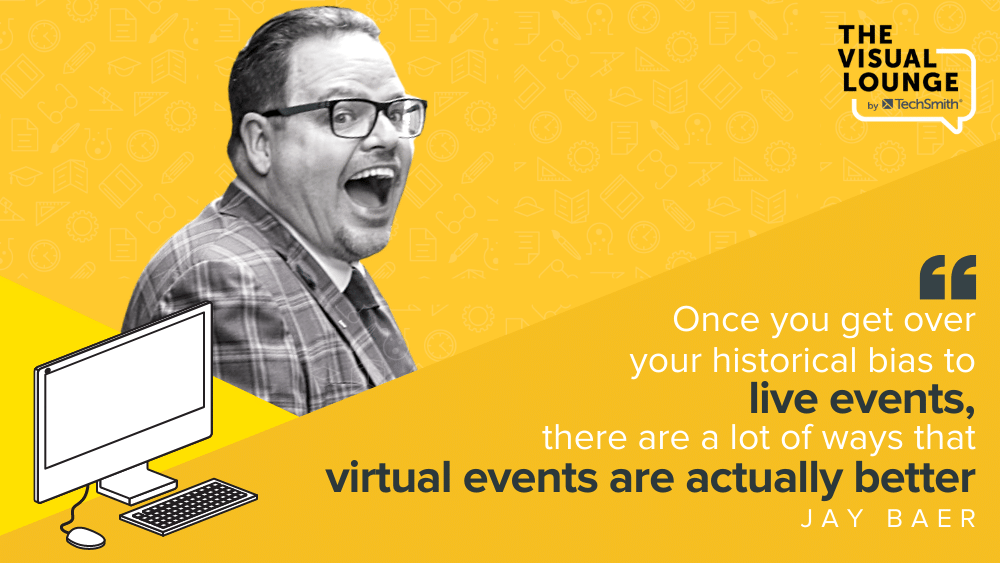
TechSmith collaborated with Jay Baer to find out more about how the transition from in-person to digital affected industries with a range of expertise.
In March, we surveyed people in industries, from leadership and coaching to equality and social change. In this episode of The Visual Lounge, TechSmith’s Learning and Video Ambassador Matt Pierce sits down with Jay to discuss the survey’s findings.
Jay has been in the digital marketing industry for nearly three decades and up until the beginning of 2020, spent a lot of time traveling, giving presentations, and speaking live at events across the globe. He’s the founder of Convince & Convert, a Hall of Fame keynote speaker and emcee, an award-winning podcaster, and an author of six books.
He shares his unique insights into the live to digital shift and gives his thoughts on how industries can continue to succeed in this new space.
To listen to the podcast episode, hit play below, or read on for more…
Why different industries started to lean into digital communication
Is there an industry that hasn’t been impacted by COVID-19?
A vast number of industries quickly adapted to survive the pandemic, from the education sector, to fitness and health, to sales and marketing. More people than ever have had to find new ways of doing their job, or face losing it entirely.
Jay knows this better than anyone. He watched the community of live speakers begin to find solutions as their industry shut down almost overnight. Jay recalls his last live public speaking event as the global pandemic continued to postpone and cancel live events worldwide.
“At first, it was like, ‘oh no, I no longer have a career’. And then it was, well, maybe we could figure out a way to make this work.”
We collaborated with Jay to extend a survey to the professional speaking community via the National Speaker’s Association Facebook group. We intended to discover how they expected the pandemic to impact their careers and how they could use digital communication to adapt their approach.
Why video is the first choice for digital communication
If you’re a live speaker, video is the obvious first choice for moving your career online. Not only is it the best fit, but there’s substantial technology already available to support this.
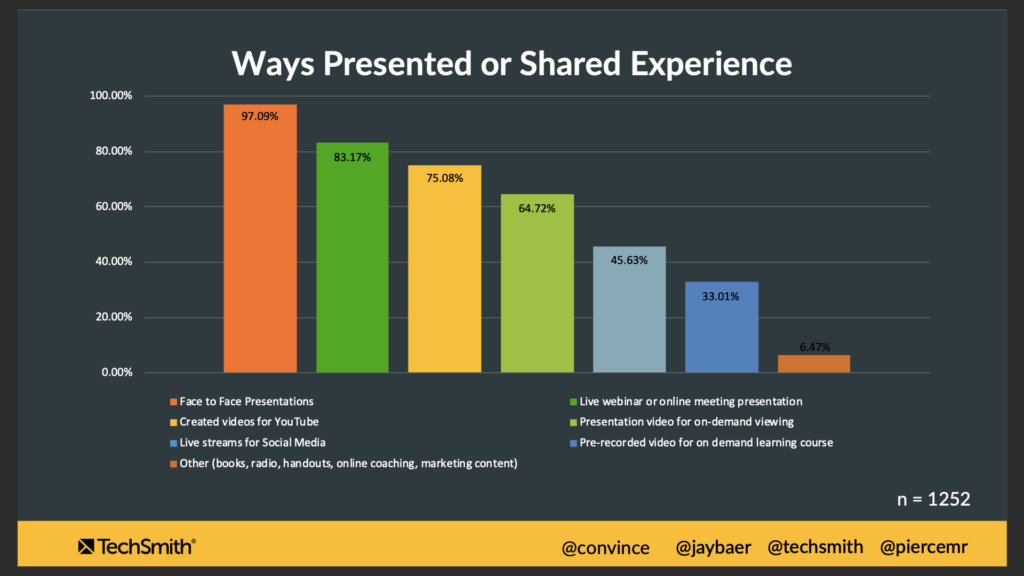
YouTube, webinars, and live streams are the perfect platforms for speakers. In fact, 75% of those surveyed had already created a video for YouTube, and 83% had presented a live webinar or at an online meeting.
Jay notes that he’s seen the most change on social media platforms. The number of live streams or short video posts on socials has skyrocketed since March, and Jay believes these are great for your development as a video presenter and creator – if you’re not afraid of the technology.
“This is a nice way to dimensionalize your expertise, just to create a two-minute video for LinkedIn or what have you. And there’s been more and more interest in that. Some people do it better than others. Some people do it very randomly, like a couple of times a year. And then there are lots of speakers who are doing daily videos…it just depends on your own embrace of technology or your fear of technology.”
The challenges with switching to video
There’s a lot of preparation involved in switching your career from an in-person one to a virtual one. Many live speakers’ concern was that they didn’t have the correct technology available to make the switch efficiently and felt unprepared for the change.
Jay firmly stresses that speakers already have the tools in their arsenal to make great videos. They have the speaking and communication skills necessary to create compelling content, and it’s possible to become very successful online recording videos just using your smartphone camera.
However, many speakers have turned to technologies to help produce great content or supply their services in innovative ways. Learning how to use tools like Zoom, Camtasia, and other software, or AV equipment such as lighting and cameras, is not an easy job but has become increasingly necessary.
“To get comfortable virtually is like learning a language. Right? It’s like, okay, here’s the deal: from now on, you make zero dollars until you learn Portuguese. You might be like, I don’t want to learn Portuguese. It’s really, really hard to learn. But you’re like, well, I don’t make any money until I learn Portuguese. So, I better suck it up and figure it out. And that’s sort of the pattern that has occurred.”
Jay is convinced that anyone can learn to leverage these technologies. There are many tools available online to help you learn and, while figuring it all out might be complicated at first, the more comfortable you become, the easier it gets.
Record professional videos with Camtasia
Camtasia’s features make video recording and editing super easy
Download Free Trial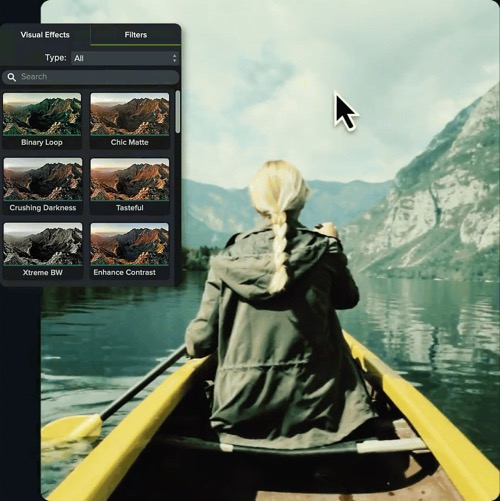
How to connect with your audience digitally
One of the greatest challenges for those shifting to virtual communication is retaining the same level of connection.
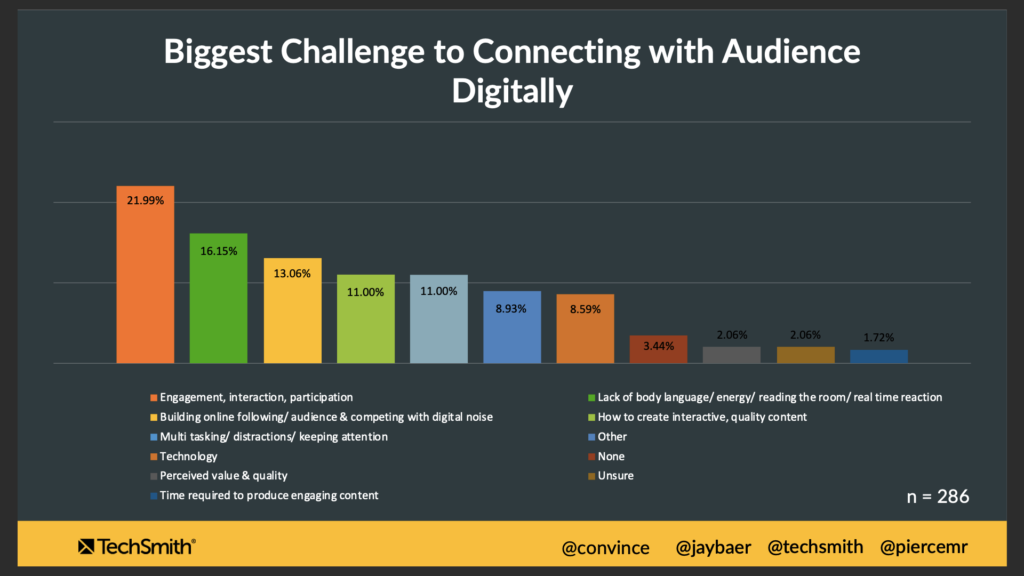
But interestingly, Jay suggests that there’s potential for more connection virtually than in-person.
He believes that the keyboard empowers your audience to be more vocal than ever before. Using simple tactics like polls or asking people to drop into the chat where they’re watching from gets them comfortable with their keyboard, so when it comes to Q&A time, people are more likely to ask a question.
This is a big difference to a live event, where people might find it too intimidating to raise their hand and ask a question in front of a hall of people. It also comes with the added bonus of the speaker being able to choose what questions to answer, based on their quality.
“I can pick questions that I know are going to be valuable to people and I can sequence the questions in real time for maximum audience benefit.”
Some webinar or video conferencing software even adds the audience responses to the attendee record which you can return to at a later date. This can be great for collecting opportunities that you wouldn’t otherwise have access to in a live event.
Jay’s advice for video creators
Jay stresses that if you want to be a content creator, then the important thing is to create consistently excellent content.
There’s a fine point between creating great content and creating so much that your quality starts to suffer. Jay believes that you should focus on producing consistently high-quality content above all else and prioritize on over-delivering.
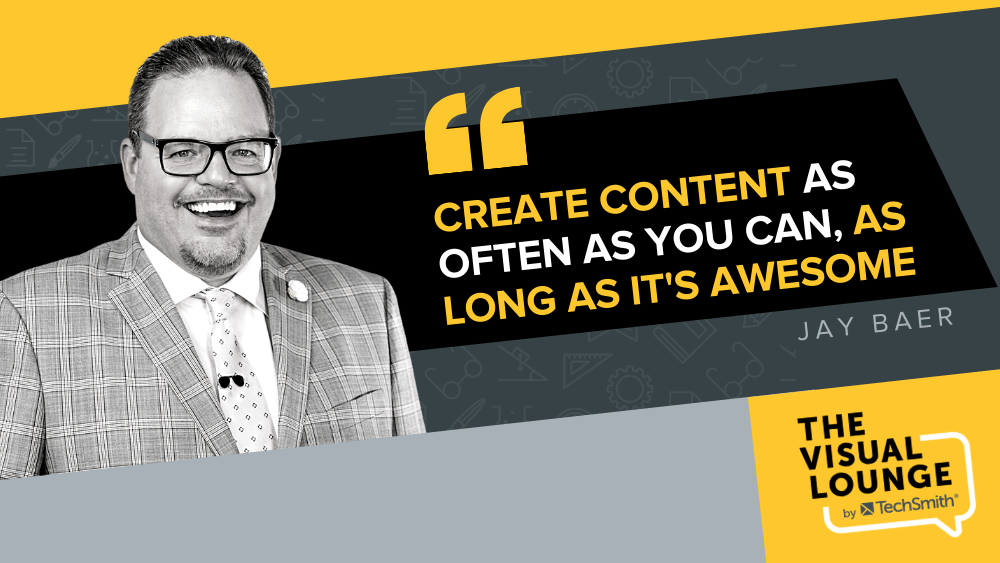
However, if your quality begins to drop, then it’s time to reconsider how often you’re creating content. Jay’s top piece of advice is to keep an eye on your analytics to see how your audience interact with your content. If some negative trends appear, it might be because you’re prioritizing quantity over quality.
A big problem Jay sees with content creators is their lack of patience. Creating video isn’t a get-rich-quick or a get-known-quick scheme. It can take years of content to build a following or get recognized, so Jay’s final piece of advice is to stick with it.
“There’s very, very few instant successes, especially with online content, as much competition as there is. So, what I like to say is, if you’re like, ‘Hey, I should start making videos?’, yes, you should. But if you’re not willing to stick this out for six months, you’re likely to be disappointed.”
If you’re using video to communicate or want to learn more about how you can level-up your digital skills, check out the courses and resources at the TechSmith Academy.
For more expert advice and tips visit TechSmith Academy on YouTube or listen to the Podcast.
Record professional videos with Camtasia
Camtasia’s features make video recording and editing super easy
Download Free Trial


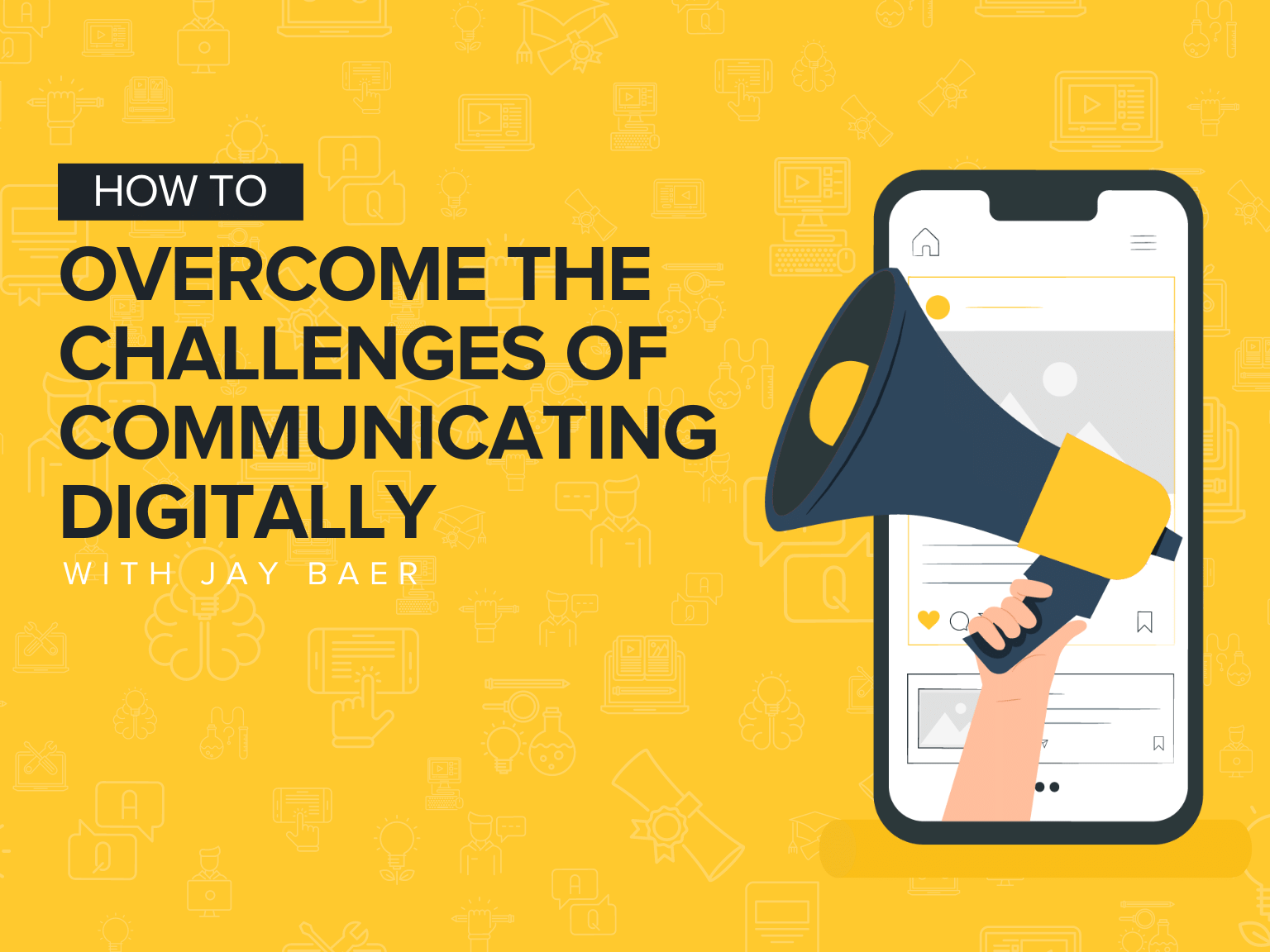
Share